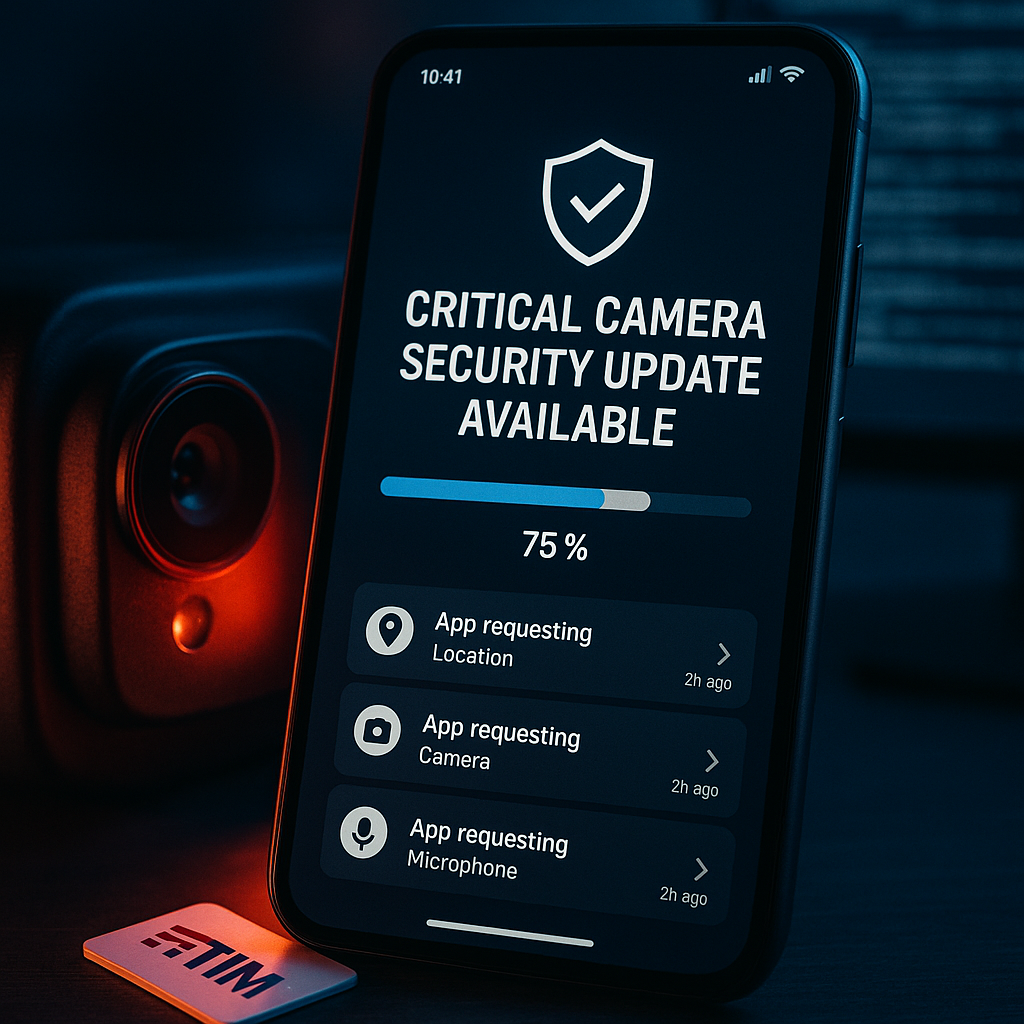Key Takeaways
- World’s first all-frequency 6G chip introduced by a Chinese research team, supporting all 6G frequency bands.
- Chip achieves wireless data speeds up to 100 gigabits per second, over ten times faster than current 5G networks.
- Designed for applications in artificial intelligence, smart cities, virtual reality, and Internet of Things devices.
- The development may influence 6G standardization and future global telecommunications infrastructure.
- Timeline for commercial deployment remains uncertain and will depend on further testing and international cooperation.
Introduction
A Chinese research team unveiled the world’s first all-frequency 6G chip at a Beijing technology event. They demonstrated wireless speeds reaching 100 gigabits per second. This performance is more than ten times faster than current 5G capabilities. The breakthrough is positioned as a significant step for future applications in AI, smart cities, and immersive devices, and may influence global 6G standards. However, commercial rollout timelines remain undetermined.
Technical Breakthrough Details
Researchers from Southeast University in Nanjing have developed a 6G chip that processes signals across the entire proposed 6G spectrum. In laboratory conditions, the chip delivered data transmission speeds of 100 gigabits per second, significantly surpassing the benchmarks set by current 5G technology.
The prototype operates on both terahertz and millimeter wave frequencies simultaneously. This technical achievement allows for greater bandwidth utilization and advanced signal processing. Previous attempts had not been able to combine these frequency ranges effectively.
During demonstrations, the chip maintained stable wireless connections while managing multiple frequency bands. This addresses a key technical challenge in the advancement of 6G. The chip architecture integrates advanced signal processing algorithms and uses novel semiconductor materials.
Un passo avanti. Sempre.
Unisciti al nostro canale Telegram per ricevere
aggiornamenti mirati, notizie selezionate e contenuti che fanno davvero la differenza.
Zero distrazioni, solo ciò che conta.
 Entra nel Canale
Entra nel Canale
Performance Comparisons
The 6G chip’s recorded speed of 100 Gbps reflects a tenfold improvement over standard 5G speeds, which typically range from 1 to 10 Gbps in real-world use. Laboratory tests indicated consistent performance under various conditions, though actual results may differ once broadly deployed.
Unlike current 5G chips, which are restricted to either mid-band or millimeter wave frequencies, the new chip’s all-frequency capability marks a significant shift in wireless communication technology.
The research team also reported that the chip is 30% more energy-efficient compared to current 5G solutions, setting a new benchmark for power efficiency.
Potential Applications
Ultra-high bandwidth and minimal latency supported by the chip enable several advanced applications. These include holographic communications, immersive extended reality, and networks for autonomous vehicles requiring real-time data.
Healthcare can benefit from enhanced speeds, supporting remote surgery and real-time medical imaging. Improved performance is also expected to support industrial automation, enabling precise robotic control.
For smart city infrastructure, the chip facilitates integrated networks that connect sensors, vehicles, and communication systems. Its all-frequency operation aims to provide stable coverage across complex urban environments.
Development Timeline
The research team stated that additional chip refinement is required before it can be commercially adopted. Initial field testing is set to begin within the next 18 months, focusing on stability and performance in real-world settings.
Industry groups are currently working on finalizing 6G specifications, with standards expected by 2025. Observers note that the team’s innovation could help shape these standards, particularly regarding frequency allocation and processing power.
Several international telecommunications companies have expressed interest in the technology. However, commercial 6G network deployment is not expected before 2030.
Conclusion
China’s unveiling of the all-frequency 6G chip at 100 Gbps signals a major advancement in wireless technology. This paves the way for faster and more reliable connections across many sectors. As the industry works toward establishing standards and moving toward commercial deployment, this development could play a central role in defining future connectivity. What to watch: initial field testing will start within 18 months, with updates on international standards and industry responses anticipated through 2025.





Leave a Reply